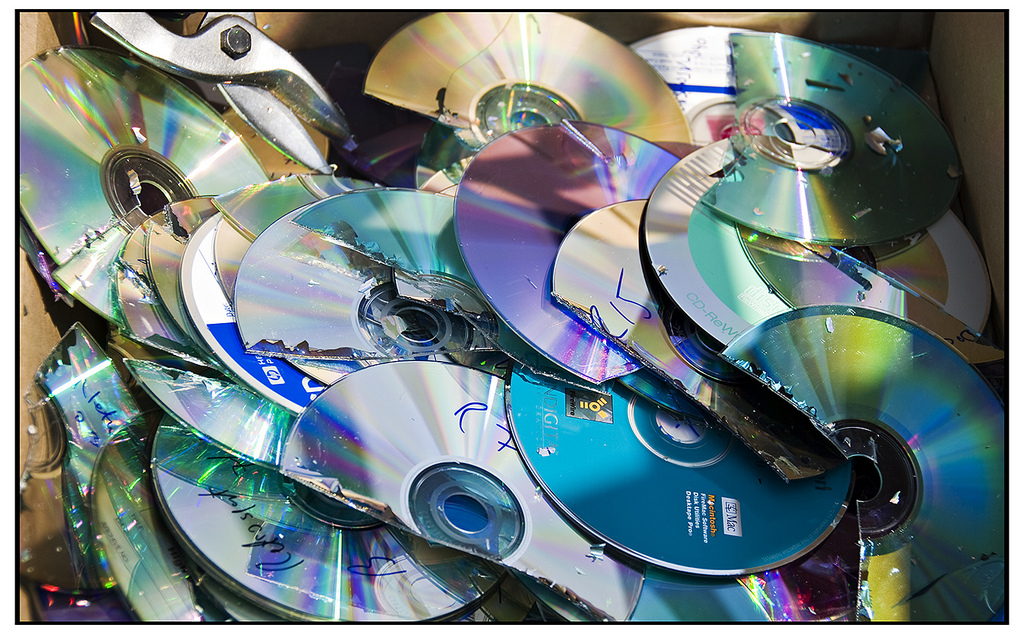
If I had to look back at the last decade in terms of music, the thing that comes to mind is “value.” And I don’t just mean value in a monetary sense (although that is a part of it), but value of how much a piece of music means to you.
I am a part of the generation that grew up with the internet. But for me, the internet was not the original cause of the decline in popularity of music as a physical product; the beginning of the end (so to speak) – was the creation of the CD burner. During my junior high years, it suddenly became this big deal if you owned a CD burner, because it then meant you could burn the latest Limp Bizkit or Blink-182 albums for all the kids you knew (yeah, I’m not proud of our musical tastes either). And then around that time, we realized, you can mix and match. You could now take a page out of NOW that’s what I call Music‘s book, and make your own mix CDs, just as a previous generation had done with cassette tapes. More often than not, one out of three blank CD-Rs failed, but it was cheap enough to buy a stack of 20 that an endless amount of burning commenced. While burning became a fad, it still was a pain in the ass (as the burners were slow, and not everyone had one), so, buying CDs still wasn’t completely out. In fact, it was kind of a big deal to get the album on release date. There was this great sense of anticipation and hype that went into a CD release date. Leaks weren’t as predominant back then, and to be honest, I don’t think anyone cared to take the time to figure it out. It was simpler to just go buy the CD, or wait for a friend to do it and burn it for you. In the same way that vinyl had a physical worth, so did the CD because of Walkmen players. Everyone at school had them, and you had to carry around your favorite CD with you if you wanted to listen in between classes. Point being, whether it was a burned CD or the actual album, you were still carrying around a physical representation of the album. However, the value of the album in terms of the packaging, the art and the concept behind the album had been lost – to a nondescript disc.
While it’s clear now that the internet was the main force behind the decline in an album’s physical worth, it was the ability to burn CDs that really set the spark to the powder keg. I can’t tell you the countless CD album jackets I have filled with awful looking CD-Rs. Eventually CD burners became standard in all PCs – and the prices for blank CD-Rs dropped dramatically. At that point, I really didn’t know anyone that was buying physical albums anymore. Release dates no longer mattered, and for most of my friends, they would never see the inside of a lyric book again. Unfortunately, I’ve always felt that music should be more than the music itself. I’ve always liked the idea of there being a concept behind an album (even if it’s a loose theme). The album art/packaging always served as a good way to express what the album was about. I think after people stopped buying CDs, artists began to stop viewing these in this sense – and instead of having something that enhanced the music, you started getting stock photos of the artists that really added nothing to the album. Packaging began to get slimmer, as it was a reaction to the poor sales.
Now you can get any song in under 30 seconds. Full albums in minutes. And more so than any time before, the idea of an album having a full worth has more than faded. I’m not taking the stance that says the past was better. I, like everyone else, love the fact that I can get anything whenever I want – for free, and in high quality. But at the same time, a part of me misses an album having a physical worth – holding it in my hand and looking through the lyric book. It’s now been reduced to coding, and an MP3 on my Mac or iPod. I can only hope that this recent resurgence in the vinyl medium stays healthy, so the labels can keep providing the niche market of listeners that do want more from their music than just… the music.
